
Tissue Culture Grow
Lights
100million+ tissue culture plants growing
under NEXSEL Grow Light

100million+ tissue culture plants growing
under NEXSEL Grow Light


Years of Experience

Nexsel is a research-driven horticultural lighting manufacturer that provides LED grow lights for biotech and horticulture purposes.
Founded in 2017 in Pune, India, they focus on plant biology research to create optimal spectra for plant development using advanced technology and a 4-step spectra development process. We offer support to customers from seedling to selling.

We are a leading company with a complete range of horticulture lighting products that are designed and tested in our state-of-the-art 2000 sq. ft in-house plant research facility.
Our unique 4-step spectrum development process, which utilizes AI-based applications, ensures superior quality products.
We offer a generous warranty of up to 60 months on each product, and our products are BIS, CE, and RoHS certified.
To ensure timely replacements during the warranty period, we maintain a 1% extra stock.
Our manufacturing processes strictly adhere to industry-standard design rules, ensuring consistently high-quality products.
Additionally, our unique service offering includes a 7-step follow-up after dispatch make us different from others.

▪ Model – HYGL8/HYGL5/
▪ Spectrum – Nx1.1, Nx1.2, Nx4
▪ Length – 1.2-meter, 0.9-meter, 0.6-meter, 0.3-meter
▪ Wattage – 40-watt, 20-watt, 14-watt, 10-watt, 6-watt

▪ Model – HYGL8/HYGL8.1
▪ Spectrum – Nx4B, Nx7.1 & Nx7.2
▪ Length – 1.2 meter
▪ Wattage – 40 watts
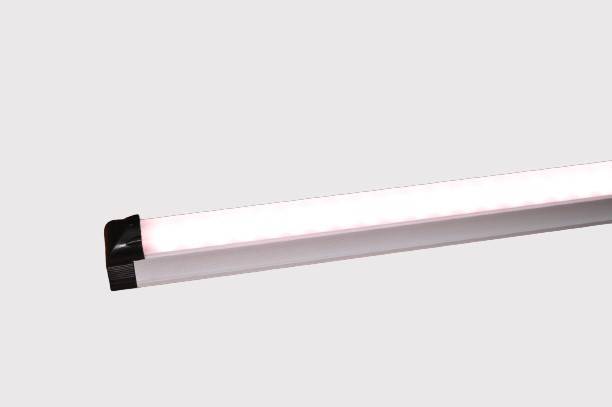
▪ Model – TSGL8/TSGL8 R
▪ Spectrum – Nx6.1, Nx6.2
▪ Length – 1.2-meter, 0.6-meter
▪ Wattage – 20-watt, 18-watt, 16-watt, 09-watt

▪ Model –
TL 400, TL 200, GHGL 210 S, All in One, 3 in1, 2 in 1
▪ Spectrum –
Multiple spectra option as per plant requirement

▪ Model – GHGL R 80, GHGL 150 L, GHGL 180 R, GHGH 210S, 3 in 1
▪ Spectrum – Nx4B, Nx1-Nx2-Nx3, Nx1-Nx2
▪ Wattage – 210-watt, 180-watt, 150-watt, 80-watt
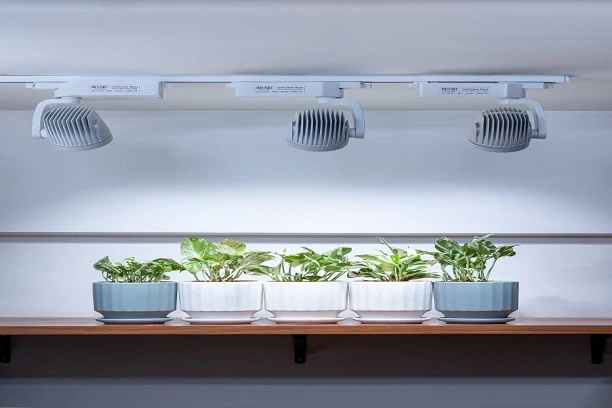
▪ Model –
GWGL 30, GWGL 50, GWGL C 30, GWGL C 50
▪ Spectrum –
Nx5, Nx5.1, Nx4B
▪ Wattage –
26-watt, 45-watt

▪ Model –
FBGL 30, FBGL 50
▪ Spectrum –
P Plate, S Plate, SP plate, Nx4B, Nx1.2
▪ Wattage –
30 watt and 50 watts


▪ Available in both portable and fixed option ▪ Available both for optimization and production purpose ▪ Speed breeding protocol for Okra, Wheat, Rice, Cotton

▪ Model –
TTGL, PS 15, PL 10, PL 20
▪ Wattage –
20, 15, 10
“Nexsel Tech is pioneering the LED Grow Light revolution, with customerspraising their quality, performance, and customer service.”






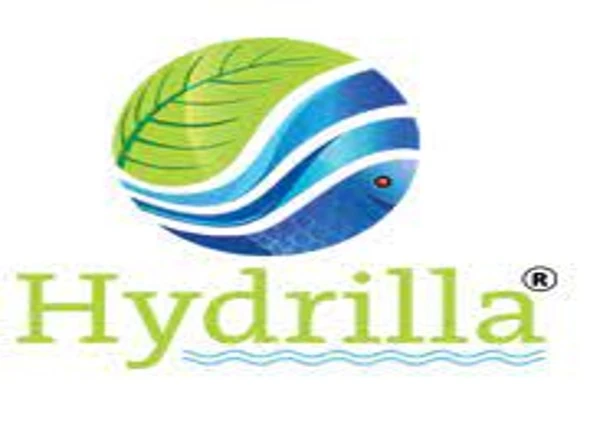

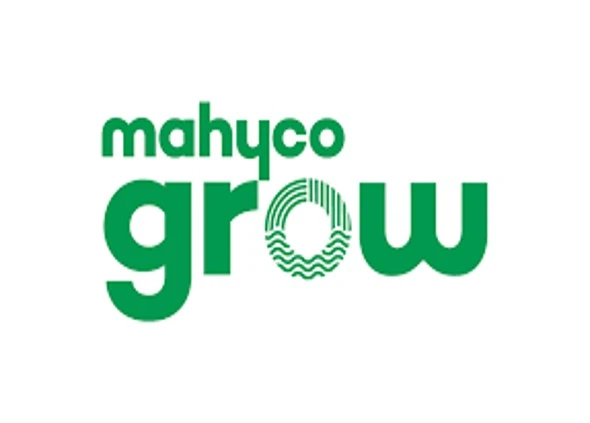

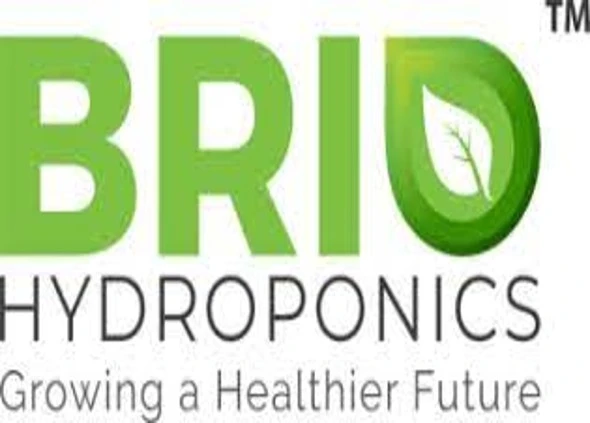








▪ The determining factor for which product model is best for your operation is dependent upon your goals and environment. There are numerous variables that will determine which product is best for your growing environment. ▪ Basic recommendation as below, For Indoor vertical farm: Model HYGL8 For Tissue cultural: Model TSGL8 or TSGL8R For Speed breeding: Model GHGL For vertical wall: Model GWGL. ▪ For more details send us inquiry on [email protected]
Its depends on model Following models are passively cooled ▪ HYGL8 ▪ TSGL8 ▪ TSGL8R ▪ GHGL 180 Following model are actively cooled ▪ GHGL 3-S ▪ MSTL
Yes, all lighting systems produce heat, but our systems dissipate the heat differently than other LED systems, fluorescent or HID (i.e. metal halide) lighting systems. Fluorescent and HID lighting systems largely rely on radiative heat transfer from the front side of the fixture. This is why you can feel the heat if you place your hand in front of these lighting systems. This is compounded by the aluminum reflectors that are commonly used in these systems, and this can have a substantial impact on the temperature at canopy level. Nexsel systems rely on conduction and convection as the main heat transfer methods. This is why the heat sink on back of our fixtures will feel warm/hot. Since convection is carrying the heat away from the fixture from the top of the fixture, your canopy temperature will be minimally impacted compared to using a fluorescent and/or HID lighting system.
This depends on the air temperature and air velocity around the fixture. If you have air flowing around the lights, they will barely feel warm.( 32 to 40 Degree C) However, if the air surrounding the fixture is hot or there is very little air movement, the fixture will feel very hot. This is normal because the fixture housing draws heat away from the LEDs by design. However, these are high-power lighting systems, so we do not recommend touching them.
umol/J stands for micromole per Joule. It is a measurement to determine how efficient a light is at converting electrons into photons. Nexsel lighting systems are some of the most efficient on Earth. They are also some of the most powerful. It’s the balance between the two that we strive for real-world application. More on this later.
A light’s color rendering index (CRI) is a quantitative measure of the ability of a light source to reveal the colors of various objects faithfully in comparison with an ideal light source (i.e. the sun). This value is not important to how a plant responds or photosynthesizes. Where CRI is important is how well you can tell the true color of something, for example a leaf that might be chlorotic (lacking green). When you have an ideal CRI it is easier to detect color variations that might be indicating poor plant health. HYGL8 has a CRI of 85. For comparison, HPS has a CRI of 25.
Plants are photoautotroph's – using a narrow band of light between 400nm -700nm as a source of energy to make food molecules from carbon dioxide and water. This process is photosynthesis (the most important chemical process on Earth). The only type of light which enables photosynthesis is defined as Photosynthetically Active Radiation (PAR): the narrow band of light between 400nm – 700nm. Light outside of this range is not photosynthetically active and will not generate greater biomass for those seeking improved yield.
An electronic light source converts electrons into photons. Lights for human vision measure output with lumens (measured in lux or footcandles). Lights for photobiological reactions measure output with photosynthetic photon flux (PPF). PPF tells us how much PAR a light source emits. Where PPF measures total PAR output of a lighting system, PPFD measures how much of that light is delivered to a canopy.
An electronic light source converts electrons into photons. Lights for human vision measure output with lumens (measured in lux or footcandles). Lights for photobiological reactions measure output with photosynthetic photon flux (PPF). PPF tells us how much PAR a light source emits. Where PPF measures total PAR output of a lighting system, PPFD measures how much of that light is delivered to a canopy.
We always believe our core values define us
* Continuous Improvement
* Speed
* Fail & Fail Fast
* Respect Individuals
Our vision is leads us “To give such solutions and products to client so they will get best results”
Our mission motivates us “To become most trusted brand in horticulture lighting”


Get Quote
[el_shortcode id="25091"]